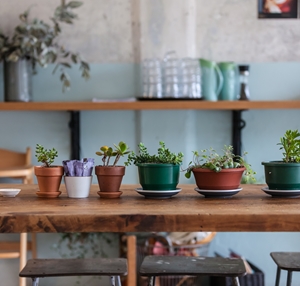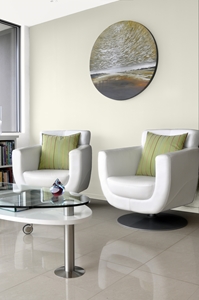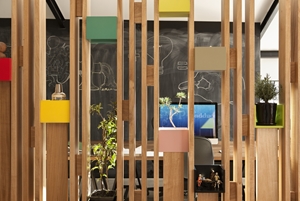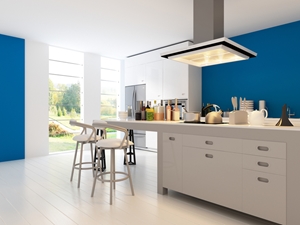Reaching out and engaging with your clients requires a dedicated effort. But if you consistently punch ahead of your competitors with an unbeatable service offering, enthusiasm and timeliness, the end results can be well worth it.
If you're an interior decorator, it's a must to be on top of the latest trends, as well as having an appreciation of schools of design that underpin the specific designs currently in vogue.
One of your key areas of focus will of course be colour. While furniture placement and accessory choice are also important elements of a living space or bedroom makeover, you certainly can't undervalue the impact of excellent colour selection. Whether your clients are focussed on obtaining a fresh and neutral vibe or want to break the mould a little, there are plenty of options available to them. Here are some tips you can offer your clients when working on an exciting interior design project.
… Continue reading →












